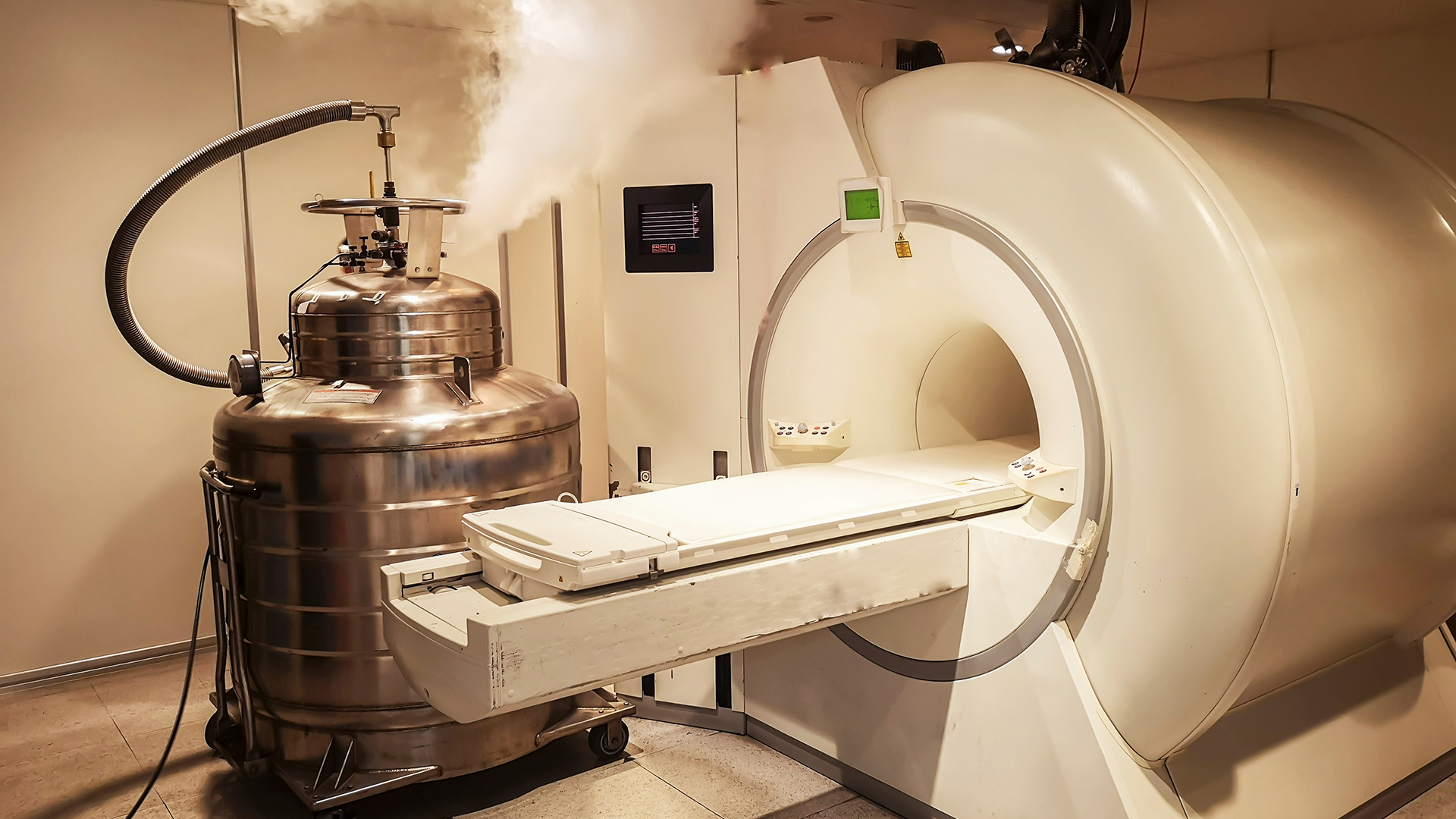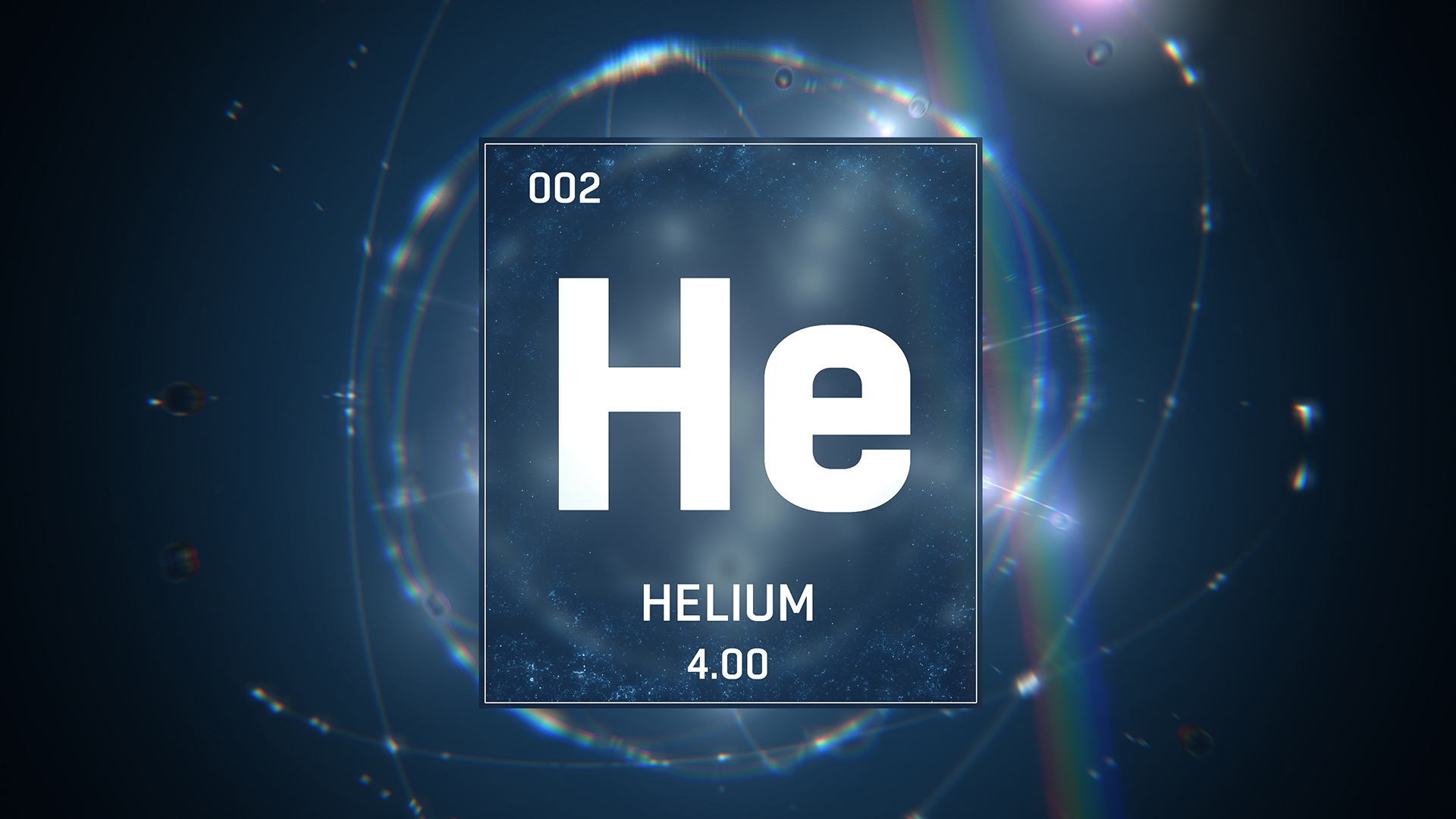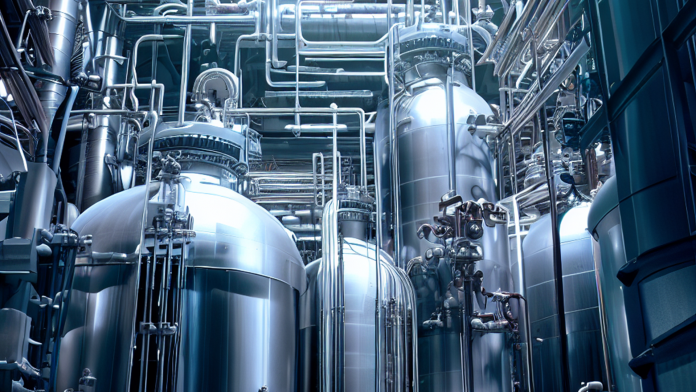With the ongoing helium shortage impacting various industries worldwide, we explore how helium recycling and conservation techniques can combat this global issue.
The significance of helium in various industries, ranging from healthcare to aerospace, cannot be overstated. As the second-most abundant element in the universe, it is surprising to note that helium’s availability on Earth is dwindling at an alarming rate.
This non-renewable resource’s increasing scarcity raises concerns about its conservation and has spurred interest in developing innovative methods for helium recycling.
Technological advancements have been pivotal in conserving helium through promising recycling techniques in recent years.
However, the implementation of these new methods does not come without challenges. These issues, alongside potentially significant long-term impacts on both industry operations and environmental sustainability, necessitate a comprehensive understanding of the future of helium recycling and conservation.
The importance of helium in various industries
Helium, a seemingly simple yet critically vital element, holds immense significance in diverse industries ranging from healthcare and electronics to aerospace and scientific research.
Often overlooked due to its ubiquitous presence in party balloons, the true extent of helium’s role stretches far beyond these playful uses.
It is an essential component used for cooling superconducting magnets in MRI scanners, making it indispensable in the field of medical diagnostics.
Industrial usage goes further, with helium being employed for leak detection purposes across various sectors, such as automotive and semiconductor manufacturing.
Apart from its application in MRI scanners mentioned above, it also finds usage in other medical equipment like lung ventilators, where a mix of oxygen and helium aids patients with respiratory issues by reducing the density of the gas mixture.

Its low boiling point makes it ideal for creating extremely cold temperatures required by certain medical instruments or treatments.
The technological relevance of helium encompasses several layers across different sectors. For instance, in technology manufacturing, particularly computer chip production or fibre optic cable production, helium is extensively used due to its unique cooling properties that prevent overheating during fabrication processes.
Moreover, within the aerospace industry, liquid helium serves as a coolant for space telescopes and satellites, while gaseous helium is used as a pressurising agent for fuel tanks on rocket ships.
Delving into scientific significance reveals that particle accelerators at major physics research institutions rely heavily on liquid helium as a coolant because these devices generate enormous amounts of heat when operational.
This allows scientists to explore subatomic particles and forces without risking damage to their highly sensitive equipment from excess heat generation. The use of this noble gas extends even further into deep-sea diving, where divers breathe a mixture called heliox, which reduces nitrogen narcosis risk at great depths.
Thus demonstrating that whether it’s undersea exploration or reaching out towards stars, whether it involves cutting-edge technology manufacturing or healthcare support, helium’s role is pivotal, and its efficient helium recycling will shape the future of these industries.
Understanding the helium shortage
Rising demand and limited supplies have precipitated a mounting scarcity of this non-renewable resource, casting shadows of concern across various industries.
With helium extraction methods being highly complex and costly, the rate at which this gas is being depleted far surpasses its rate of recovery.
The global helium distribution network is also fraught with logistical challenges due to the volatile nature of the gas, further exacerbating the problem.
The dynamics in the helium market are significantly influenced by legislative impacts on helium production and distribution.
Helium reserves are primarily controlled by a handful of countries globally – including the United States, Qatar, and Russia – making it susceptible to geopolitical factors that can cause fluctuations in supply. This geopolitical control over helium has led to volatile pricing trends in recent years.
Furthermore, legislative actions often result in sudden market shifts, impacting not only prices but also accessibility for those industries reliant on this crucial resource.
The current state of conservation
Despite the pressing concerns surrounding its scarcity, measures aimed at conserving this precious resource remain in their infancy, highlighting a stark juxtaposition between helium’s critical role across various industries and the current efforts to preserve it.
Helium extraction methods have been a topic of interest, given that they play a crucial role in determining the amount of helium that can be conserved.
As such, there is an urgent need for innovative technologies that can increase the efficiency of helium extraction and ultimately contribute to its conservation.
Global helium distribution further complicates matters as it contributes to disparities in access and consumption patterns. The concentration of helium varies greatly worldwide due to geological factors, with major reserves located primarily in the United States, Qatar, Algeria and Russia.

These geographical disparities pose challenges regarding equitable distribution and effective conservation strategies. Moreover, governmental policies on helium also vary significantly from one country to another depending on national priorities, availability of resources and environmental considerations.
Governmental policies on helium play a decisive role not only in regulating its production but also in managing its usage. For instance, many government entities promote responsible use of this non-renewable resource among consumers while encouraging research into alternative materials or more efficient use scenarios.
However, despite these efforts, consumer usage remains high, especially within sectors like party supplies, which often misuse or waste this precious resource without recognising its scientific value, particularly within medical research.
Due to lacklustre conservation efforts coupled with increasing demand from other industries, securing adequate supplies for future medical needs could be at risk unless robust mechanisms for helium recycling and conserving this valuable gas are developed promptly.
Innovative methods for recycling helium
One such promising helium recycling technique is the development and implementation of helium recovery systems.
These advanced setups function by capturing and storing the helium that would otherwise escape into the atmosphere during typical industrial processes. The recovered helium can then be segregated, purified, and reused, thus significantly reducing dependence on newly sourced helium.
Another increasingly popular method for recycling helium is cryogenic distillation. This process relies on cooling the mixture to extremely low temperatures until it liquefies.
As different gases freeze at different temperatures, this allows for easy separation of gases based on their respective freezing points — helium is one of the last to solidify due to its remarkably low boiling point.
Through this technique, not only can purified helium be obtained from mixed gases, but other valuable elements can simultaneously be separated and conserved.
A third promising helium recycling approach employs membrane separation technology in which a semipermeable membrane selectively separates helium from other gases based on particle size or solubility differences – effectively acting as a sieve that traps larger particles while allowing smaller ones like Helium to pass through.
Liquefaction refinement is another notable method where impure Helium gas is cooled down to very low temperatures, transforming it into liquid form; further refinement occurs when impurities settle out due to their higher melting points while pure Helium remains in gaseous form.
Pressure Swing Adsorption (PSA) offers yet another alternative for efficient helium recycling. Herein, a variable pressure system alternates between high-pressure adsorption and low-pressure desorption stages – effectively trapping unwanted gases on an absorbent material while letting highly pure Helium flow through unhindered.
Hence, these innovative techniques hold great promise towards ensuring adequate availability of this critical resource without resorting to excessive extraction from natural reserves or releasing precious quantities into the atmosphere unnecessarily.
Potential challenges in implementing new methods
Transitioning towards novel conservation methods may pose several challenges, particularly in terms of cost and accessibility. Introducing new techniques for helium recycling can be met with resistance due to regulation hurdles that must be surmounted.
These regulations often exist as safeguards to ensure the efficacy and safety of new procedures but can also act as barriers to their implementation. For instance, each country has its regulatory framework that determines the ease or difficulty with which a technology is adopted.
Therefore, navigating through these different sets of rules can be time-consuming and costly. Furthermore, the initial investment required to implement these promising techniques could be substantial.
This factor is especially significant in resource-limited settings where capital availability might hinder efforts towards adopting new recycling methods.
The purchasing of advanced equipment necessary for helium recovery and recycling, alongside system setup costs and maintenance expenses, can make it a financially daunting endeavour.
Additionally, any incurred costs from potential trial-and-error periods during the adjustment phase add up to the initial financial burden.
Another challenge lies in the training complexities associated with introducing such specialised technology into industry practices.
Staff members would need extensive knowledge about operating this novel machinery efficiently while minimising wastage or risk factors involved in handling helium—a rare and non-renewable resource.
This situation necessitates an investment not only in physical resources but also in human resources: hiring experts or providing rigorous training programs for existing personnel could significantly increase operational expenses.

Lastly, infrastructure requirements present another hurdle when considering these innovative solutions’ integration into current systems—especially older ones not designed with such advancements in mind.
Technological limitations may arise due to compatibility issues between legacy systems and newly introduced technologies for helium recycling; this scenario results in additional expenditure on system upgrades or replacements altogether necessary to accommodate changes made towards sustainable practices effectively.
The long-term impact on industry and environment
The economic implications of these new techniques could lead to substantial cost savings for industries reliant on helium.
By recycling and reusing helium instead of continually sourcing it from finite natural reserves, businesses can reduce their operational costs significantly.
Moreover, with the inevitable price increase due to scarcity, a well-established helium recycling infrastructure would provide a competitive edge.
On a larger scale, such industrial transformation brought about by helium recycling can stimulate policy changes towards more sustainable practices.
Governments worldwide may feel compelled to review existing policies that favour helium extraction and consumption over conservation and reuse.
New regulations could incentivise industries to adopt cutting-edge helium recycling technologies by offering tax breaks or other benefits. This shift in policy focus will further contribute to fostering an industrial culture that values resource efficiency and sustainability.
Furthermore, raising awareness about the importance of conserving limited resources like helium might encourage other sectors to explore similar strategies.
The long-term impact on industry performance and environmental well-being hinges heavily upon advancements in helium recycling techniques.
Through proper implementation and support from policymakers, these methods can transform how industries operate and how society at large perceives resource management – shifting from consumption-oriented approaches towards more mindful stewardship of our planet’s finite resources.











